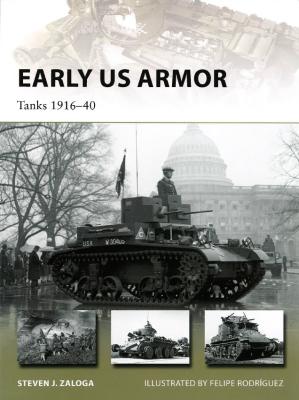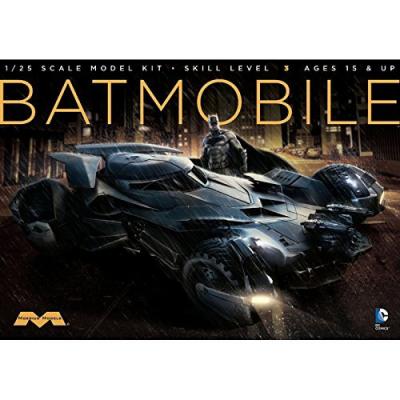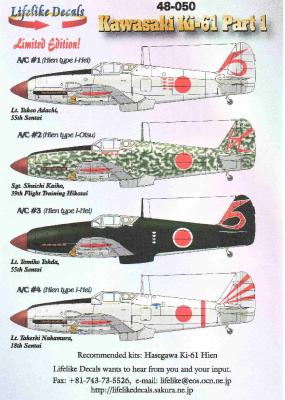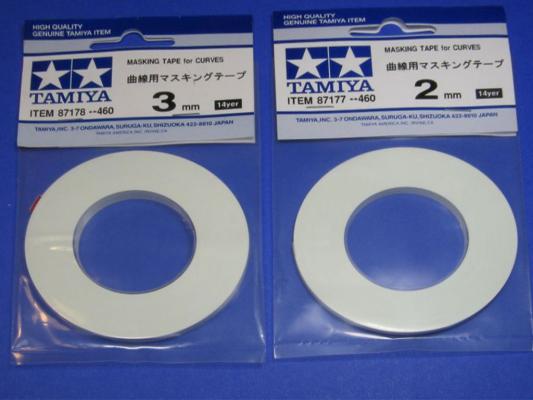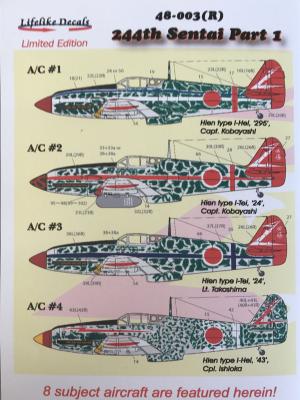Steven J. Zaloga was born in Pittsfield, Massachusetts to John and Muriel Zaloga on February 1, 1952. Steven earned his undergraduate degree cum laude in history at Union College and his Masters degree in history at Columbia University. He obtained a Certificate in International Affairs from the graduate program of the University of Cracow. He has worked in the aerospace industry for some twenty years as an analyst specializing in missiles, precision guided munitions and unarmed aerial vehicles. Steven has served with a federal think tank, Defense Analyses. He was the writer director for The Discovery Channel’s “Firepower” series from 1987 to 1992. He has authored many books on military technology, especially in armored warfare. Steven is a noted scale armor modeler and is a member of AMPS (Armor Modeling and Preservation Society).
Welcome to the IPMS/USA Reviews site!
Introduction: The primary organization of the IPMS/USA Review website is by IPMS/USA National Contest Class. Within each Class there are sub-menus by kits, decals, books, etc. The Miscellaneous Class is for items that are not class specific or that cross two or more classes.
IPMS/USA Members: We encourage you to submit reviews, both here and to the Journal. To volunteer for membership in the IPMS/USA "Reviewers Corps" and submit your own reviews, please read the Guidelines For Submitting Product Reviews.
Manufacturers, publishers, and other industry members: IPMS/USA is pleased to offer your company the opportunity for product reviews. All product reviews are performed by IPMS/USA members, and are posted in the publicly-accessible section of our website. With very few exceptions, we perform full build reviews of new kit releases, aftermarket products, and supplies. If you would care to provide product samples for review, please contact John Noack, IPMS/USA 1st VP.
To learn more about IPMS/USA, please see our About Us page.
There have been many incarnations of the Batmobile from the 1940’s until the latest entry, the Dawn of Justice Batmobile. All of them are cool but this latest is sleeker, armed to the teeth and looks the part. Moebius has replicated this with this kit so let’s jump in and get it built.
Looking through the instructions (gasp!), there are four major parts to the assembly- the chassis and wheels, the upper body, the cockpit and the spoilers/wings.
Lifelike Decals out of Japan has issued a new sheet for the Ki-61 which states it’s for the Hasegawa kit. This also coincides with the release of Tamiya’s new Ki-61 kit also. Looking in the package, there are three color sheets. Once with the overall schemes, one with detailed information about the four included schemes and one for stencil placement. The decal sheet is very well printed and contains markings for two planes except for the wing walks. Also included is a small insert sheet to complete one of the planes. Decals are printed by Microscale.
The markings included represent the following planes:
Tamiya masking tape (yellow) has been known to modelers for many years and it is still one of my favorite tools in the bench. This tape for curves is made of a different material; it has a plastic feeling to it so it is not the typical Tamiya tape trimmed to a few millimeters.
This tape is designed to mask curves. It easily “bends” for a curve, but it does not stretch as well as it bends. I like that property of the tape actually as it ensures its width is kept as constant as possible.
In this test I used a scrap wing –which I used for some paint tests- and placed both the 2 mm (Stock 87177) and 3 mm versions (Stock 87178) of the tape on the wing, as you can see in the pictures.
I’ve found that the best way to “bend” the tape is to actually anchor it –I use my thumb- where I want to have a bend and with the other hand twist the tape left or right, while burnishing the tape against the plastic.
The Kawasaki Ki-61 Hien ("flying swallow") is a Japanese World War II fighter aircraft used by the Imperial Japanese Army Air Service. The Japanese Army designation was "Army Type 3 Fighter" Allied pilots initially believed Ki-61s were Messerschmitt Bf 109’s and later an Italian aircraft, which led to the Allied reporting name of "Tony", assigned by the United States War Department. It was the only mass-produced Japanese fighter of the war to use a liquid-cooled inline V engine. Over 3,000 Ki-61s were produced. Initial prototypes saw action over Yokohama during the Doolittle Raid on 18 April 1942, and continued to fly combat missions throughout the war.











